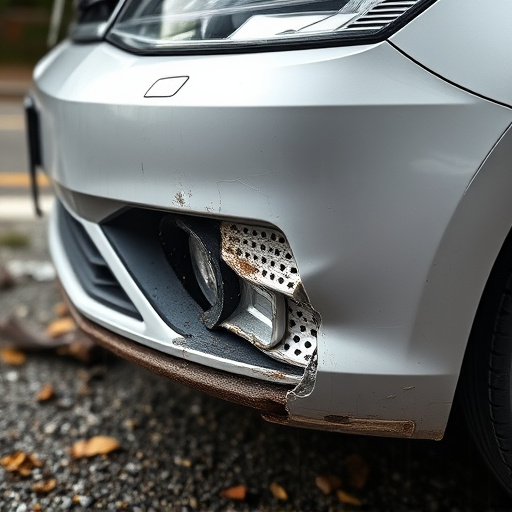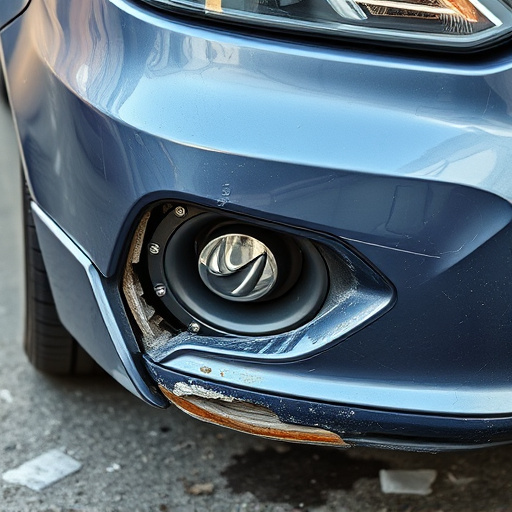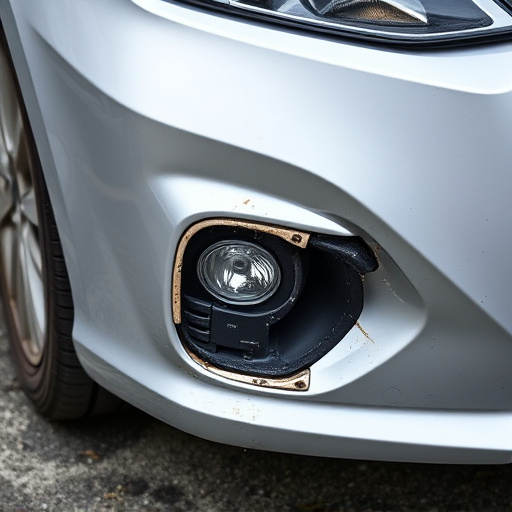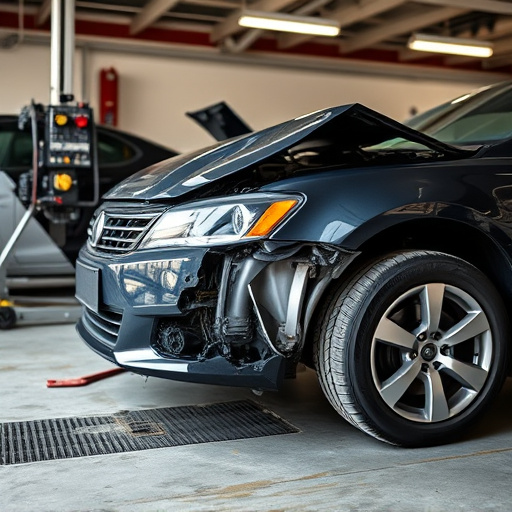When choosing rental car insurance, consider your trip length, vehicle value, and driving habits. Evaluate basic liability, collision, and comprehensive options. Compare coverage scope, deductibles, and company reputation. Understand terms like pre-existing damages and driver age limits for informed decision-making regarding optimal rental car insurance coverage.
Choosing the right rental car insurance coverage is a crucial step in securing your travel plans. Not all policies are created equal, so understanding your options and assessing your needs is essential. This guide breaks down the basics of rental car insurance, helps you determine required coverage, and provides insights to compare policies effectively. By the end, you’ll be equipped with the knowledge to make an informed decision for optimal protection during your travels.
- Understanding Basic Rental Car Insurance Options
- Assessing Your Needs: What Coverage Do You Require?
- Comparing Policies: Factors to Consider for Optimal Protection
Understanding Basic Rental Car Insurance Options

When renting a car, understanding your insurance options is crucial for making an informed decision. The three main types of rental car insurance coverage are typically provided by either the rental company or included in your credit card policy. Firstly, there’s the basic liability insurance that covers damage to property and injuries to others caused by you while driving. This is essential as it protects you from significant financial burdens in case of an accident. Secondly, collision insurance is an option that safeguards against damages to your rental car, including repairs for hail damage or auto painting if involved in a crash. Lastly, comprehensive insurance offers wide-ranging protection by covering not only collision but also theft, vandalism, and natural disasters, ensuring peace of mind during your rental period.
Knowing these basic rental car insurance coverage options allows you to choose the best fit based on your needs. If you’re prone to accidents or drive in regions with higher risk of weather-related incidents, opt for a policy that includes comprehensive or collision coverage. Alternatively, if you prefer not to pay extra premiums and have a credit card with adequate liability protection, basic insurance might suffice. Remember, each option has its advantages and disadvantages, so evaluating your driving habits, location, and financial resources will enable you to select the ideal rental car insurance coverage for your trip.
Assessing Your Needs: What Coverage Do You Require?

When considering rental car insurance coverage, the first step is to assess your needs and understand what level of protection is required for your specific situation. Every renter has unique circumstances that can impact their choice of coverage. For instance, if you’re renting a vehicle for a short trip or a basic model, you might opt for a more minimalistic insurance plan focusing on liability coverage. This ensures you’re protected against any damage caused to others during the rental period without overspending on unnecessary aspects.
However, for longer rentals or those involving high-end vehicles, comprehensive and collision coverages become crucial. These policies step in when accidental damages or theft occur, covering repairs or replacements up to a certain limit. Additionally, considering add-ons like car restoration or auto glass replacement can provide peace of mind, especially if you’re renting a classic or vintage vehicle that may have specialized maintenance requirements. Assessing your planned use and the value of the rental car will help determine the most suitable insurance coverage for your needs.
Comparing Policies: Factors to Consider for Optimal Protection

When comparing rental car insurance policies, several key factors should guide your decision for optimal protection. Firstly, evaluate the scope of coverage each policy offers, paying close attention to deductibles and limits. Understand what’s covered under liability, collision, and comprehensive, as well as any exclusions or restrictions. Some policies might include perks like roadside assistance, rental car reimbursement, and auto glass replacement, while others may require you to seek these services from external providers.
Secondly, consider the reputation of the insurance company and their claims process. Research how responsive they are in case of accidents or damage, especially when dealing with a foreign automotive body shop. Look for policies that offer 24/7 customer support and have a proven track record of efficient claims handling. Additionally, understand the terms and conditions related to pre-existing damages, waiting periods, and any age restrictions on drivers.
When choosing the right rental car insurance coverage, it’s essential to balance protection and cost. By understanding your needs, comparing policies thoroughly, and considering factors like liability limits, collision damage waivers, and personal property coverage, you can navigate this process with confidence. Remember that the optimal choice depends on your individual circumstances and driving habits. With the right coverage in place, you’ll be prepared for any unexpected incidents while renting a vehicle.














